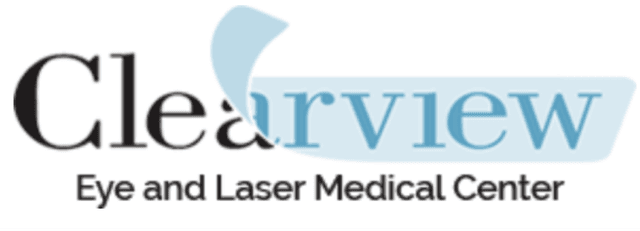
It's a fact of life for adults. Just like crow’s feet, a slower metabolism, bald spots and gray hair, age eventually affects your eyes. Some of these changes are normal, age-related developments. Others may be signs of a vision-threatening disease or condition.
“It's important to understand how the eyes change with age and what we can do to keep our eyes as healthy as possible. The best defense for aging eyes is to be proactive,” says Sandy T. Feldman, an ophthalmologist and the Medical Director of Clearview Eye & Laser Medical Center in San Diego.
“We all know what to do to keep our bodies in top working order - exercise, eat right, get enough sleep, and stay out of the sun - but equal attention needs to be paid to our eyes and our vision, especially as we get older.”
Dr. Feldman offers a handy overview of common eye conditions and diseases experienced at different stages of adulthood:
Presbyopia: The lens inside the eye starts to lose flexibility beginning in the late 30s and early 40s, making it difficult to read up close. This condition is called presbyopia ("aging eye") and is often easily remedied with over-the-counter reading glasses.
Dry eyes: Dry eyes develop with age and the use of certain medications. It is also a common problem for women during pregnancy and menopause, when hormonal changes cause changes in the eye’s tear production. People with this condition can also develop an eyelid irritation or swelling called blepharitis. In addition to seeing an ophthalmologist, there are many simple strategies to keep the eyes moist, such as using eye lubricants and taking breaks from computer screens and other electronic devices.
Diabetic retinopathy: Diabetic retinopathy occurs when the small blood vessels inside the retina swell, leak fluid or close off completely due to elevated blood sugar levels. Diabetics in their 50s, 60s and 70s can take steps to prevent this condition by carefully monitoring their blood sugar and blood pressure levels and seeing an eye doctor on a regular basis for screening exams.
Cataracts: As we age, proteins in the lens of the eye begin to clump together. These clumps - or cataracts - make the lens less transparent and cause blurry, cloudy or dim vision and increased glare. Cataracts can interfere with daily activities like driving at night and distinguishing colors. Treatment for this very common condition includes eyeglasses and surgery to remove cataracts.
Glaucoma: A condition that primarily affects people aged 65 and over, glaucoma damages the optic nerve, which transmits visual information to the brain. This damage often leads to loss of peripheral vision; left untreated, it can eventually cause complete blindness. Typically there are no symptoms in the early stages, so many people who have the disease are unaware of it. Another good reason to have regular eye exams!
Floaters and Flashes: As people grow older, the fluid that fills the inside their eye starts to shrink, forming clumps or strands. These can appear as “floaters” (small specks or lines moving in the field of vision). This fluid can also pull away from the back of the eye, causing you to see flashing lights or lightning streaks. This is normally harmless, but in some cases it can lead to retinal detachment and cause blindness. If you experience new floaters and flashes, it’s important to see an eye doctor as soon as possible.
Age-related macular degeneration (AMD): AMD affects the central vision, limiting a person’s ability to read and recognize faces. This can be caused by a thinning of the macula (the light-sensitive part of the retina) or by a growth of abnormal blood vessels under the retina. AMD can lead to blindness if not treated - in fact, it’s the leading cause of blindness in Americans over 65. Early and regular visits to an ophthalmologist can reduce vision loss and even recover vision.
“Don’t wait to develop symptoms before seeing an ophthalmologist,” advises Dr. Feldman. “Everyone under 40 should have a comprehensive eye exam to establish a baseline.”
After the baseline exam, adults should have comprehensive exams:
Some adults may need more frequent eye exams if they have a disease or condition that may impact their eyes, such as diabetes.
Sandy T. Feldman, MD is the Medical Director of Clearview Eye & Laser Medical Center - voted best LASIK center in San Diego by CityBeat Magazine in 2013 - and has successfully performed more than 20,000 refractive procedures. Her numerous awards include “Top Doc San Diego” and the Goldline Award, an honor granted to only 10 laser eye care providers in the U.S. each year, and she has been profiled in Forbes, Newsweek, and other respected publications. Dr. Feldman is a fellow of the prestigious American College of Ophthalmic Surgeons, as well as a member of the American Academy of Ophthalmology and the American Society of Cataract and Refractive Surgery. For more information, please visit clearvieweyes.com.

Call Us: (858) 452-3937
8:30AM - 7:00 PM - Monday through Saturday (Saturday until 11:30AM)